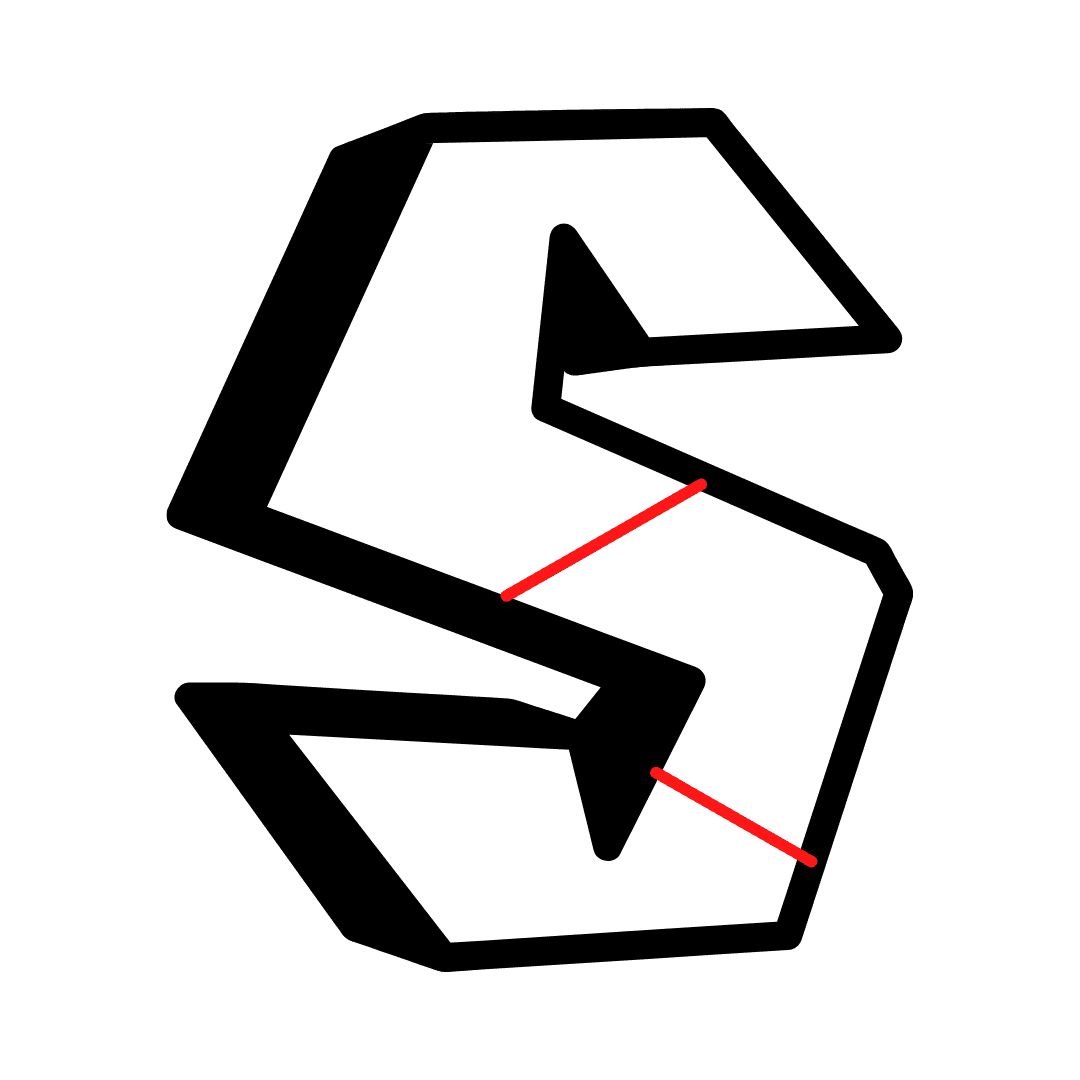Filmyfly.art 2023: Latest Updates & Highlights
Is AI truly poised to revolutionize the art world, or are we merely witnessing a fleeting trend? The answer, it seems, is leaning heavily towards the former, as evidenced by the burgeoning landscape of AI-driven art platforms like filmyfly.art in 2023.
The intersection of artificial intelligence and artistic expression has become a fertile ground for innovation, challenging conventional notions of creativity and authorship. Filmyfly.art, a platform gaining increasing attention, exemplifies this paradigm shift. Its existence begs the question: What happens when algorithms become the artists, and data sets the palette?
The digital canvas is now awash with creations born from complex neural networks, trained on vast repositories of images, styles, and techniques. These AI engines can generate original artworks, mimicking the styles of masters, exploring abstract concepts, or even creating entirely new visual languages. This capability presents both exciting possibilities and profound challenges for artists, collectors, and the art market as a whole.
- Filmyfly Is It Safe Legal Stream Movies Shows Online
- Jan Lisiecki The Enigmatic Pianist Wife Bio More
| Category | Information Related to AI Art Platforms |
| Name | Filmyfly.art (Example Platform) |
| Year | 2023 (Reference Year) |
| Type | AI-Powered Art Generation Platform |
| Technology | Utilizes deep learning models (e.g., GANs, VAEs) to generate images. |
| Input | Text prompts, image seeds, style references, user-defined parameters. |
| Output | Unique, algorithmically generated images in various styles and formats. |
| Copyright | Complex and evolving legal landscape. Ownership often resides with the platform or is subject to specific licensing agreements. |
| Monetization | Subscription models, per-image generation fees, NFT sales, licensing of AI-generated assets. |
| Impact on Artists | Potential for collaboration with AI, new avenues for creative exploration, concerns about job displacement and devaluation of human artistic skills. |
| Impact on Art Market | Influx of AI-generated art, challenges in authentication and valuation, blurring lines between human and machine creativity. |
| Ethical Considerations | Bias in training data, potential for misuse (e.g., deepfakes, plagiarism), transparency in AI art creation. |
| Future Trends | More sophisticated AI models, increased user control over the creative process, integration with other creative tools, evolving legal and ethical frameworks. |
| Reference Website | Example AI Art Platform (Replace with a real AI art platform website) |
Filmyfly.art, specifically in 2023, is more than just a website; it represents a complex ecosystem. Users interact with the platform through a variety of means, typically by providing text prompts that guide the AI in its artistic endeavors. They can specify styles, subjects, moods, and even request the AI to emulate the techniques of famous painters. The algorithms then sift through their vast datasets, identifying patterns and relationships to generate images that align with the user's instructions. The resulting artwork can range from photorealistic landscapes to abstract compositions, showcasing the versatility and potential of AI-driven creativity.
The underlying technology powering platforms like filmyfly.art typically involves sophisticated deep learning models, often variants of Generative Adversarial Networks (GANs) or Variational Autoencoders (VAEs). GANs, for example, consist of two neural networks: a generator, which creates images, and a discriminator, which tries to distinguish between real and AI-generated images. Through a competitive process, the generator learns to produce increasingly realistic and convincing artwork, pushing the boundaries of what AI can achieve. VAEs, on the other hand, learn to encode images into a compressed latent space, allowing for the generation of new images by sampling from this space. Both approaches offer unique strengths and are constantly being refined and improved by researchers and developers.
However, the rise of AI art also raises important questions about originality and authorship. If an AI generates an image, who owns the copyright? Is it the user who provided the prompt, the developers of the AI algorithm, or the owners of the data used to train the model? The legal landscape surrounding AI art is still evolving, and there is no clear consensus on these issues. Some platforms assert ownership over the AI-generated artwork, while others offer users the opportunity to license or purchase the rights to their creations. This ambiguity presents challenges for artists and collectors alike, as they navigate the uncharted waters of AI art ownership.
- Bollyflix Is It Safe Your Guide To Streaming Alternatives
- Best Tamil Movies Of 2025 Top Rated Grossing Where To Watch
Another concern is the potential for bias in AI-generated art. AI models are trained on data, and if that data reflects existing societal biases, the AI will likely perpetuate those biases in its creations. For example, if an AI is trained primarily on images of white men, it may struggle to generate accurate or representative images of people of color or women. Addressing this issue requires careful attention to the composition of training datasets and the development of techniques to mitigate bias in AI algorithms. Transparency and accountability are crucial to ensuring that AI art is fair, equitable, and inclusive.
Beyond the legal and ethical considerations, the rise of AI art also has significant implications for the art market. The influx of AI-generated artwork could potentially disrupt traditional markets, challenging established notions of value and authenticity. Collectors may be wary of investing in AI art if they are unsure of its long-term value or its provenance. On the other hand, AI art could also create new opportunities for artists and collectors, opening up new avenues for creative expression and investment. The key will be to establish clear standards and guidelines for the authentication and valuation of AI art.
The role of the human artist in the age of AI is also being redefined. Rather than being replaced by machines, artists may increasingly collaborate with AI, using it as a tool to enhance their creativity and explore new artistic possibilities. AI can assist with tasks such as generating ideas, creating variations of existing artwork, or automating repetitive processes. This collaborative approach allows artists to focus on the more conceptual and expressive aspects of their work, while leveraging the power of AI to bring their visions to life. The future of art may well be a hybrid one, where human creativity and artificial intelligence work together in harmony.
Looking ahead, the capabilities of AI art platforms like filmyfly.art in 2023 are only likely to increase. As AI models become more sophisticated and training datasets grow larger, the quality and versatility of AI-generated artwork will continue to improve. We can expect to see AI art integrated into a wider range of creative applications, from graphic design and advertising to film and video games. The possibilities are endless, and the future of art is undoubtedly intertwined with the evolution of artificial intelligence. The challenge will be to harness the power of AI in a responsible and ethical manner, ensuring that it serves as a tool for creativity and innovation, rather than a source of disruption and inequality.
One particularly fascinating development is the potential for AI to personalize the art experience. Imagine an AI that can analyze your emotional state and generate artwork that resonates with your current mood. Or an AI that can create custom artwork based on your personal preferences and interests. This level of personalization could transform the way we interact with art, making it more engaging, meaningful, and relevant to our individual lives. AI could also be used to create interactive art installations that respond to the viewer's movements or gestures, blurring the lines between art and technology.
Another area of growth is the use of AI in art education. AI can be used to provide personalized feedback to students, helping them to improve their skills and develop their own artistic style. AI can also be used to create virtual art galleries, allowing students to explore different styles and techniques from around the world. This can broaden their horizons and inspire them to experiment with new forms of expression. AI can also be used to create interactive art tutorials that guide students through the creative process, step by step.
However, it is important to acknowledge the limitations of AI art. While AI can generate impressive and aesthetically pleasing images, it lacks the human element of emotion, intention, and experience. AI art is often based on patterns and formulas, and it may lack the originality and depth of human-created art. It is also important to remember that AI art is only as good as the data it is trained on. If the data is biased or incomplete, the AI will likely produce biased or inaccurate results. Therefore, it is crucial to approach AI art with a critical eye and to recognize its limitations.
The future of AI art is uncertain, but it is clear that it will continue to play an increasingly important role in the art world. As AI technology evolves, we can expect to see even more innovative and creative applications of AI in art. The key will be to embrace the potential of AI while remaining mindful of its limitations and ethical implications. By fostering collaboration between humans and machines, we can unlock new levels of creativity and create a more vibrant and diverse art landscape.
In conclusion, filmyfly.art 2023 serves as a compelling case study of the transformative power of AI in the art world. While questions surrounding copyright, bias, and the very definition of art persist, the platform demonstrates the immense potential of AI to democratize art creation, personalize the art experience, and open up new avenues for artistic expression. The journey has only just begun, and the future of art in the age of AI promises to be both challenging and exhilarating.
- Filmyfly Bollywood Movie Updates What You Need To Know
- Filmyfly Hindi Dubbed Movies Your 2025 Guide More

Telegram канал "FilmyFly.CC" — filmyFly_Xyz — TGStat

Unlocking Entertainment Navigating FilmyFly 2024 for Movie Buffs

Filmyfly Art 2023 A Feast Of Creativity And Innovation